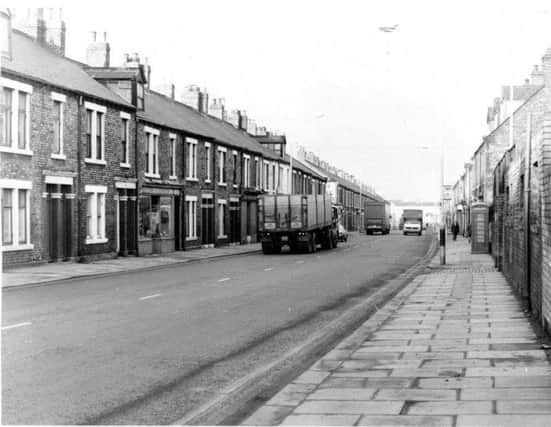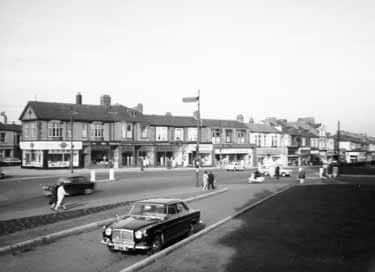Zooming in on the past


Today former South Shields man, and keen photographer, John Bage puts us in the picture as to how his own love of cameras developed over the years.
“As a twelve-year-old, I must have been impressed by my uncle John’s photos which he showed me when we visited him and his family at their home in Peterlee,” explains John.


Advertisement
Hide AdAdvertisement
Hide Ad“He showed me the camera and explained the workings of it, and I was hooked.
“Very few people owned a camera in 1959 and this was the first one I had seen close up.
“In those days there weren’t any dedicated camera shops or online stores to browse. Near to my school, Barnes Road Juniors, in South Shields, was a chemist shop which also sold a few cameras, and they also processed film. The shop was located in South Eldon Street, and I would pass it frequently going to and from school.”
John said in the window of the shop was a camera, with a case and a couple of films, in a presentation box.


Advertisement
Hide AdAdvertisement
Hide Ad“I must have decided to save up my pocket money for it as I eventually bought it, and was thrilled to have my very own camera. It was a Kodak Brownie 127 which was a very modern-looking camera at the time, and was made of plastic, which was a fairly new material in the late 1950s.
“The camera was British made, and Kodak went on to sell millions of this model over a period of about 11 years.
“The drawback, at the time, was that the film was size 127, which only gave eight exposures. The cost of the films and the processing also put a lot of people off.”
John goes on to reveal that only black and white (monochrome) film was readily available at that time.
Advertisement
Hide AdAdvertisement
Hide Ad“I read up on developing and printing, and eventually started to process my own films, which saved me a lot of money.”
John left school in 1964 and started a job as an apprentice draughtsman at Readheads shipyard.
“With a small weekly wage now being earned, I was able to buy my next camera, which I had been regularly eyeing up in the window of Turner’s the Photographers, at the top of Fowler Street in South Shields.
“I would get off the bus at the stop there and spend a while just looking at all the lovely photographic equipment in the shop window. The man in the shop allowed me to have the camera on hire purchase even though I was only 17. The camera really looked the part.
Advertisement
Hide AdAdvertisement
Hide Ad“It was a Regula Sprinty B, and had a built in range-finder. It also had a lever winder, instead of a knob for winding the film on. It also used 35mm film which worked out a lot cheaper as it could be bought as 20 or 36 exposures.
“I was able to use it to record photos of ship launches at Readheads shipyard and pictures of the people I worked with. Once that camera was paid for, I bought an enlarger. Once again it was paid for on Turners’ ‘never-never’.
“My next camera was a Practika LB 35mm SLR, back in the late 1970s, but this time from Dixons, in Sunderland. This was a quality camera which had a built-in exposure meter, rangefinder and a hot-shoe connection for an electronic flash.
“Some years later, the digital cameras arrived on the scene. No more film and processing costs or limits on how many pictures could be taken.
Advertisement
Hide AdAdvertisement
Hide Ad“This was a new-found freedom that digital cameras brought to us.
“Digital cameras were better and smaller but costlier.
“I was given a Sony Cybershot which was a hand-me-down from my son who had moved on to the latest Sony model.”